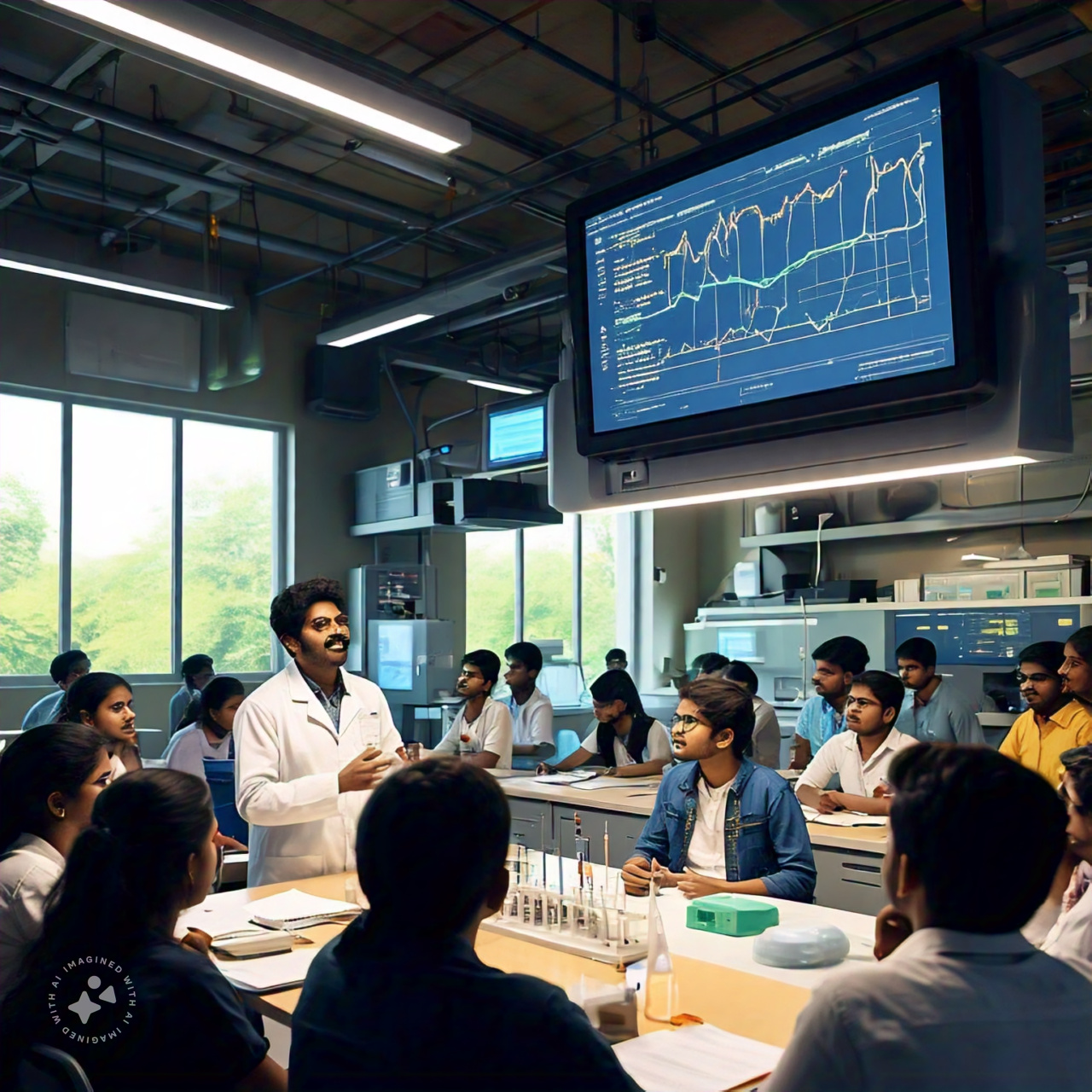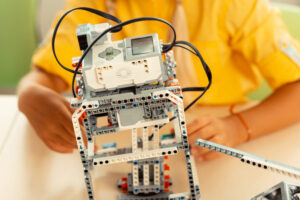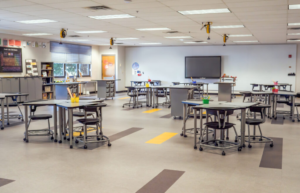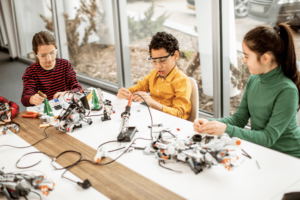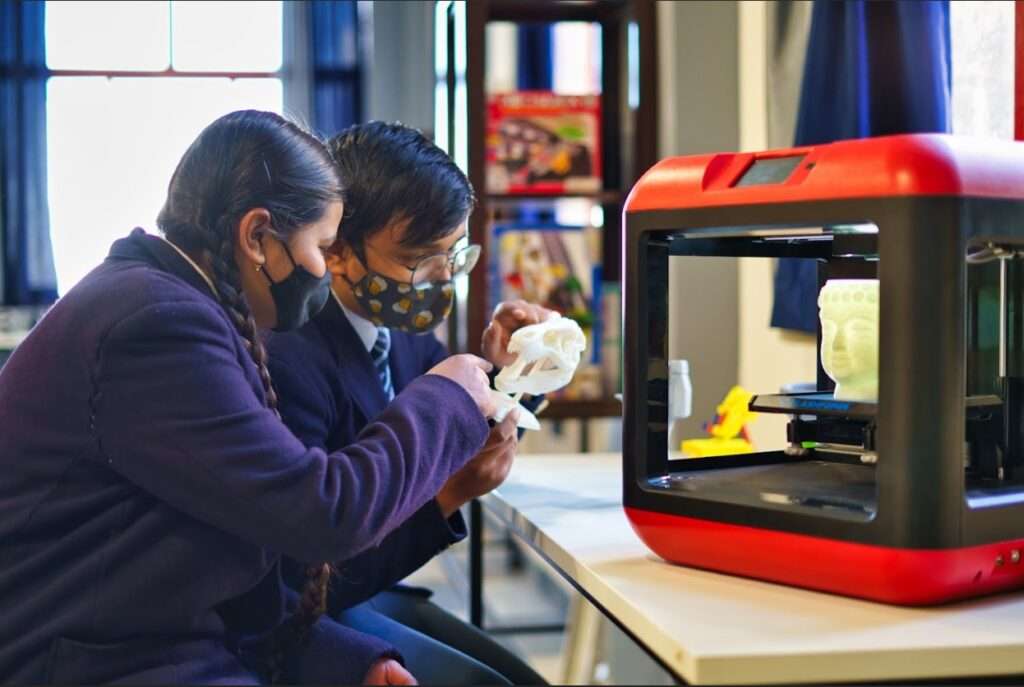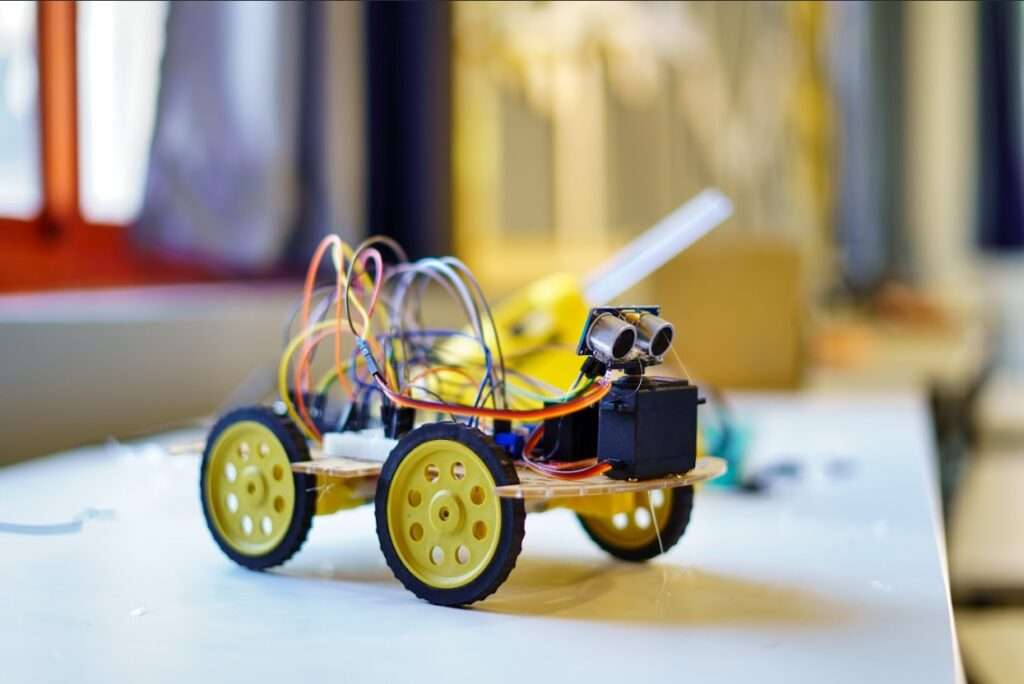The sound of robotic arms assembling a model car, the sight of eager hands coding a new app, and the buzz of creativity fill the air in Atal Tinkering Labs (ATLs). These labs, an initiative under the Atal Innovation Mission by the Government of India, are revolutionizing how children approach science, technology, engineering, and mathematics (STEM) education. But how exactly do ATLs inspire young innovators across the nation?
Igniting Curiosity: A New Approach to Learning
Imagine a classroom where students aren’t confined to rote learning but are instead encouraged to explore their own ideas. That’s exactly what Atal Tinkering Labs offer. When 13-year-old Riya stepped into her school’s ATL, she didn’t just find tools; she found a space that allowed her imagination to soar. Her dream of building a water purification system came alive as she tinkered with 3D printers, sensors, and coding platforms.
ATLs foster an environment where curiosity leads the way. Through hands-on experimentation, students gain a deeper understanding of concepts and build confidence in applying them to solve real-world problems.
Key Features of Atal Tinkering Labs
- Access to Cutting-Edge Technology
- ATLs are equipped with advanced tools such as robotics kits, electronics components, and IoT-enabled devices. These resources, previously inaccessible in many schools, allow students to explore and create projects that reflect real-world applications of STEM.
- Mentorship and Collaboration
ATLs emphasize collaboration among students and guidance from trained mentors. Workshops, hackathons, and innovation challenges bring students together to exchange ideas and learn from one another, igniting their passion for creativity.
- Inclusive and Diverse Participation
ATLs aim to bridge the urban-rural divide by setting up labs across the country, including in underserved areas. By fostering inclusivity, they ensure every child, regardless of their background, can access world-class facilities and opportunities.
Fostering a Generation of Problem Solvers
One of the critical aspects of ATLs is their problem-solving approach. Students are encouraged to identify local and global challenges and come up with innovative solutions.
For example:
- A team of students in Maharashtra developed a low-cost Braille printer using 3D printing technology.
- In Tamil Nadu, young innovators created a smart traffic management system to combat congestion in their city.
These projects not only build technical skills but also nurture empathy and critical thinking, essential traits for future innovators.
The Ripple Effect on India’s Innovation Ecosystem
ATLs are not just shaping individuals; they’re transforming the education system and innovation landscape in India. According to NITI Aayog, over 10,000 schools have adopted the ATL framework, influencing millions of students. This initiative is preparing India’s youth to excel in a rapidly evolving global economy and contribute meaningfully to society.
Join the movement start innovating today!
Whether you’re a student, teacher, or parent, you can be part of the ATL journey. Explore your nearest ATL, participate in challenges, or simply encourage the young minds around you to think beyond textbooks.
Let’s build a nation of creators and innovators, one idea at a time.
Ready to dive into the world of innovation? Explore how Atal Tinkering Labs can transform your ideas into reality!

